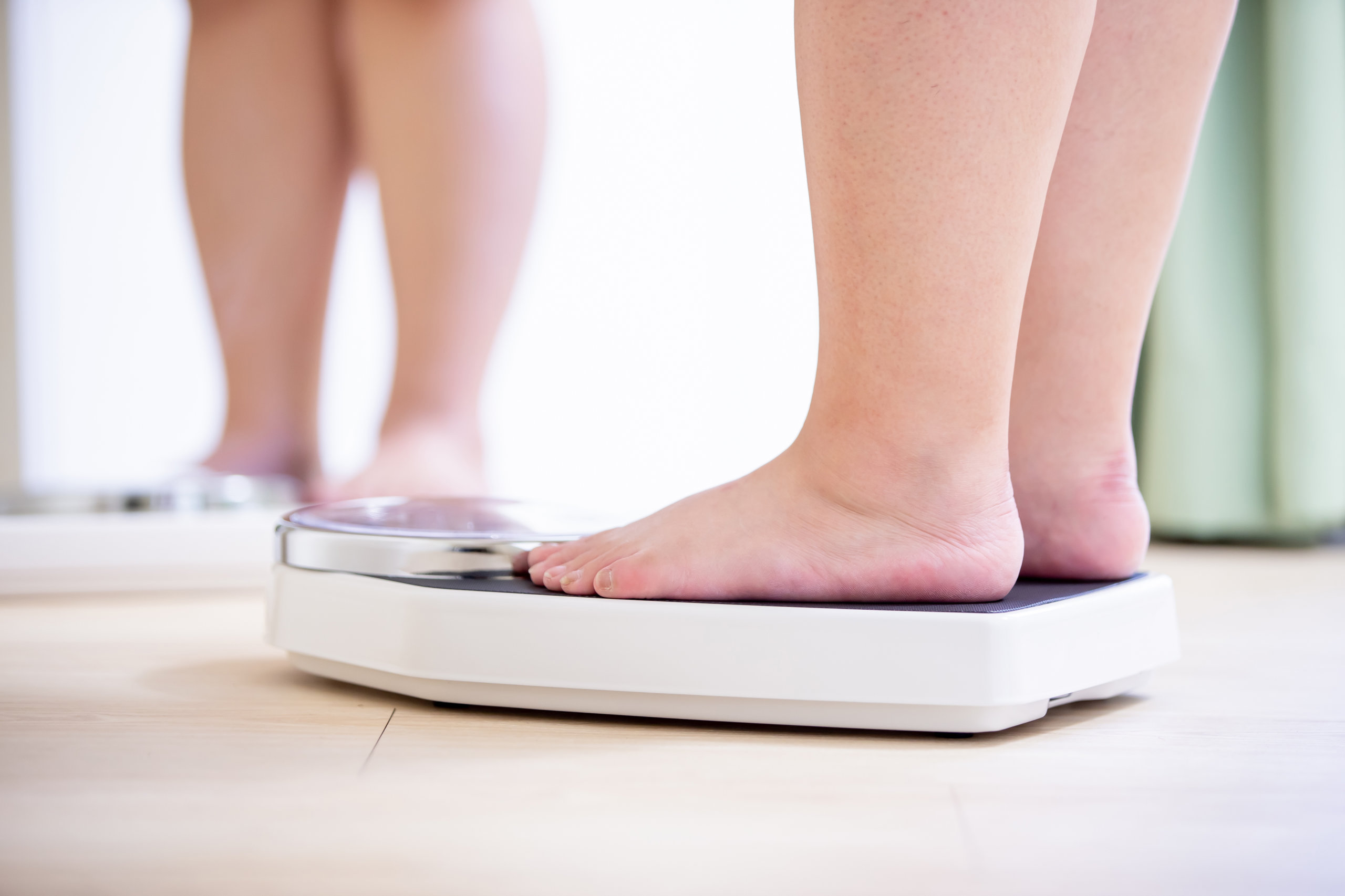Now that the country is experiencing the reality of the COVID-19 pandemic, it may seem hyperbolic to refer to the “epidemic” of childhood obesity. Nonetheless, the facts show clearly that our country has a serious problem with overweight and obese youngsters. Among the wide variety of health problems associated with childhood obesity are several related to musculoskeletal development. At Long Island Spine Rehabilitation Medicine, we have experience successfully diagnosing and treating children and adolescents with injuries and disorders related to carrying excess weight.
Statistics Don’t Lie
Obesity is determined by BMI (body mass index), calculated as the ratio between an individual’s height and weight. Youngsters at or above the 85th percentile, but below the 95th percentile, are considered overweight; those over the 95th percentile are considered obese. The following alarming statistics demonstrate some undeniable facts about children and adolescents in the United States:
- The percentage of obese children and adolescents in the U.S. has more than tripled since the 1970s.
- One in five school-age children and young people up to the age of 19 years in this country is obese.
- Approximately one in eight preschoolers (ages 2 to 5) is obese.
How Obesity Affects Musculoskeletal Development
To begin with, a child who is overweight is less likely to be eating a diet that provides enough vitamin D, calcium, or other nutrients necessary to aid healthy bone growth. Other issues that stem from obesity and affect musculoskeletal development include:
- Stress on developing bones, muscles, and the cartilage of growth plates
- Weakening of joints that can create slippage
- Excess pressure that can deform bones, cause pain, and limit mobility
- Clumsiness that may lead to bone fractures of tears of tendons and ligaments
- Higher risk of complications of the healing process, like infection and delayed healing
- Premature osteoarthritis due to too much weight on bones and joints
- Extremely flat feet that tire easily and limit the ability to walk long distances
- Blount’s disease that can lead to the deformity of bowed legs
- Developmental coordination disorder (DCD), involving poor gross motor coordination
Too Many Reasons for Childhood Obesity
Although some children are prone to obesity due to their genetic makeup or a disease condition, for most the problem is lifestyle-related, resulting from factors such as:
- Too much availability of fatty and sugary drinks and snacks
- Exposure to too much advertising of unhealthy foods
- Lack of exercise
- Too much screen time — U.S. children ages 8 to 18 spend an average of 7.5 hours per day watching TV or using cell phones and other electronic devices
- Sleep deprivation
It is well-known that obesity is worse in economically deprived neighborhoods where children have far less access to healthy food and safe places to exercise. Tragically, obesity is a self-perpetuating condition since the heavier a child (or adult) is, the less likely that individual is to feel energetic enough to begin exercising or comfortable enough to continue.
Accidents Happen — Whatever Your Child’s BMI
Whether or not your child is obese, his or her chances of incurring a musculoskeletal injury during childhood or adolescence are fairly high. Not only are fractures, especially of arms, wrists, hands and fingers, commonplace due to falls, roughhousing, and various sports, but children frequently suffer dislocations of elbows or shoulders. Children and adolescents, like adults, also often suffer sprains or strains and may hurt their backs as well as their limbs.
While not all childhood injuries require medical care, parents should be alert to red flags that signal a visit to the doctor is in order, such as:
- Pain that is severe even after the injured part is rested, iced, compressed and elevated (RICE) and a painkiller like Tylenol or Advil has been administered
- Pain that persists, recurs or worsens, interfering with normal activities
- Pain that radiates down one or both legs
- A body part that is severely bruised, swollen, or sore to the touch
- Inability of the child to move the injured part
- Inability of the child to stand straight or walk
- Visible muscle spasms, especially on the back
- An injured area that remains badly swollen and/or looks distorted
What Our Trained Physiatrists Can Do to Help
At Long Island Spine Rehabilitation Medicine, we are first-rate diagnosticians, respected by patients and colleagues alike. Not only are we gentle and thorough in our physical examinations, but we have specialized non-invasive diagnostic equipment.
In addition to administering X-rays, CT and MRI scans when necessary, we also have musculoskeletal ultrasound and electromyography (EMG) to view, respectively, soft tissue damage and possible nerve damage. Because we are physiatrists, we approach your child holistically. We are not surgeons, so wherever possible, we use conservative methods first. Depending on the nature of your child’s problem, whether obesity-related or not, we will do everything we can to make her or him comfortable and relaxed, explaining each thing we do before we do it.
Among treatment methods we consider good options are physical therapy, injections to relieve pain and inflammation, and assistive bandages and devices to protect the injured area during healing. We are also well-prepared to steer your child toward a better diet and an exercise routine that provides a sense of empowerment as it guides your child toward improved health.
